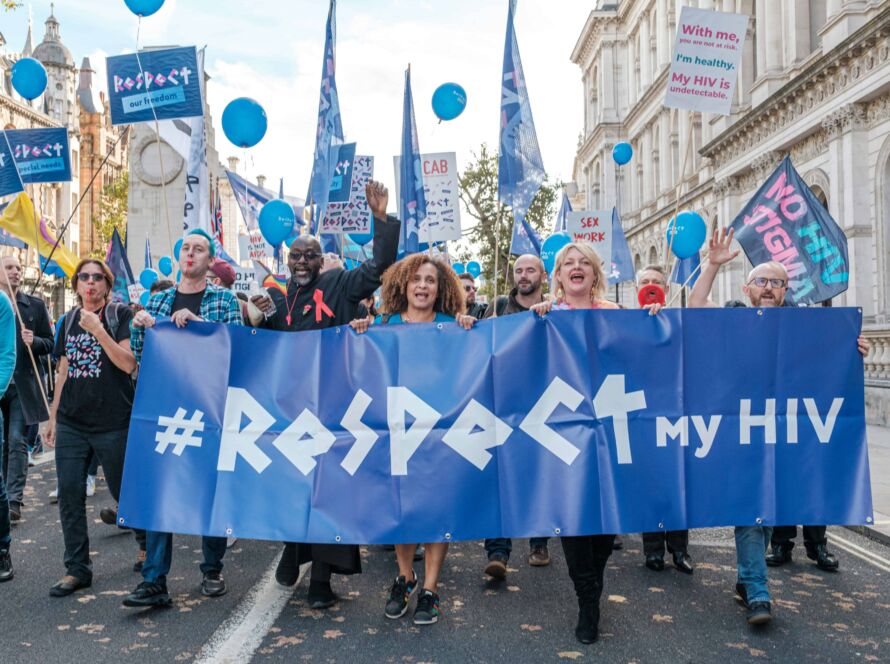The dawn of cell and gene therapies promises a revolutionary leap in healthcare, holding out hope for transformative treatments and potential cures across a spectrum of diseases. Yet, despite their immense potential, a chasm persists in patient access to these groundbreaking therapies. This article endeavors to explore the imperative of reshaping the narrative surrounding cell and gene therapies, leveraging robust socioeconomic data and aligning with stakeholders’ perceptions of value to bridge this access gap effectively.
Acceptance of cell and gene therapies presents a nuanced picture, with variations among patients and the general public. Research indicates that access to comprehensive information plays a pivotal role in shaping acceptance levels, with factors such as gender, age, education, disease severity, and perceived risk influencing attitudes. Moreover, there’s a palpable desire among patients and the public for more information, particularly regarding potential benefits, risks, and eligibility criteria for participation in trials. Whilst medical professionals and scientists ranked highest in the research as the most trustworthy, politicians and governmental institutions were among the lowest ranking.
Addressing Misconceptions
A critical aspect of altering the narrative involves dispelling misconceptions surrounding the safety and tolerability of cell and gene therapies. By emphasizing the manageable nature of side effects and highlighting the favorable risk-benefit profile, stakeholders can foster a more informed understanding of these therapies’ efficacy and safety. Accurate information and real-world success stories are instrumental in countering prevailing misconceptions and building trust.
Building the Value Story
Reframing the narrative around cell and gene therapies requires recognizing them as long-term investments in patient health rather than short-term cost burdens. Comparative assessments of cost-effectiveness vis-à-vis traditional treatments over time underscore their unique value proposition in transforming healthcare delivery. Generating robust clinical and economic data ahead of therapy launches bolsters the value narrative, assuaging concerns about long-term affordability and reinforcing wider acceptance.
Explaining the Science
Communicating the complex science behind cell and gene therapies in accessible terms is essential for fostering trust and excitement among stakeholders. Demystifying scientific concepts and showcasing technological innovations help stakeholders appreciate the transformative potential of these therapies. Visual aids play a crucial role in simplifying complex concepts, enhancing understanding, and fostering broader acceptance.
Tailoring the Narrative
Tailoring the value narrative to meet the diverse needs and interests of stakeholders is paramount. By addressing concerns and articulating benefits relevant to each stakeholder group, a more receptive environment for adoption can be cultivated. Humanizing innovations through storytelling and personal experiences creates an emotional connection, fostering greater acceptance and adoption among stakeholders.
Conclusion
In conclusion, bridging the access gap in cell and gene therapies necessitates a multifaceted approach centered on narrative shift. By building trust, generating awareness, and crafting persuasive narratives grounded in robust data, stakeholders can pave the way for wider adoption and integration of these transformative therapies into standard medical practice. Continued advocacy, dialogue, and patient involvement are indispensable in creating a supportive ecosystem that fosters accessibility and innovation in the realm of cell and gene therapies.





